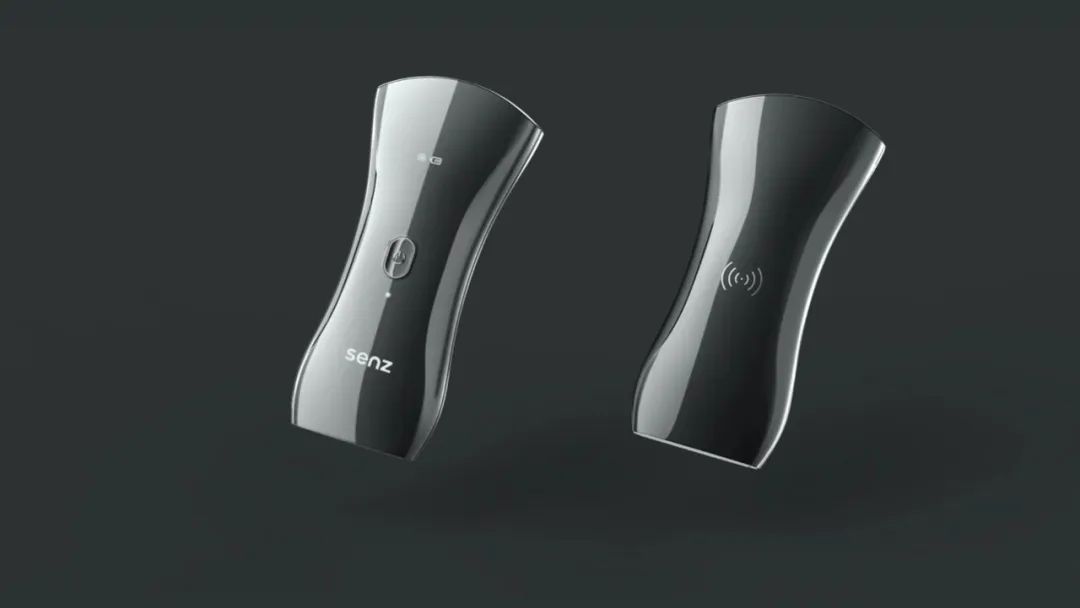The imbalance in medical development has been a difficult issue for Chinese society in recent years. In the "Healthy China 2030" Plan Outline, it emphasizes the development to "focus on rural and grassroots levels and promote equal access to basic public health services." However, in the process of promoting the process, many explorers have found that low informatization, outdated equipment, lack of funds, and shortage of professional doctors have become important factors hindering the development of primary medical institutions. Among the more than 15,000 county-level hospitals in China, a considerable number of medical equipment are of low grade, and many devices urgently need to be updated. More than 55,000 grassroots medical units lack medical equipment and need to be added. Taking B-scan ultrasonography as an example, there are more than 40,000 low-end B-scan ultrasonography in the basic service stations of the national family planning system, which can no longer meet the needs. In addition to similar situations in grassroots medical units, there is a demand for updating more than 80,000 units in the next few years.

China's grassroots medical construction is still ongoing, and continues to expand. The number of second-tier hospitals and grassroots medical institutions, as well as the number of patients are still in a rapid upward trend. The miniaturization of ultrasound oriented the future development for hospital diagnosis and treatment. Not limited to the imaging departments of second- and third-tier hospitals, it is crucial to apply it to grassroots medical institutions and clinical departments to solve the real challenges.

Senz has targeted the complex challenges in grassroots medical imaging equipment and independently developed a new generation of miniaturized ultrasound products. The new generation of miniaturized ultrasound products of Senz has the company's exclusively developed second-generation novel ultrasound probe technology. These products are characterized by their miniaturization and intelligence, and the beam can move and be reused in a larger space. The detection laser detects ultrasonic echoes, efficient photoacoustic emission layer and ultrasonic pulses by changing the light intensity through sound, as well as allows for a better image with the same number of physical channels and gets better image quality maintaining a fixed frame rate but no frame rate degradation. Functions such as scanning navigation, lesion detection, and graphic reporting greatly optimize the diagnostic workflow in hospitals, clinics, and other scenarios. With intelligent early screening that takes only 2 minutes for scanning and 10 minutes for reporting, patients can save time of waiting and referral to higher-level medical institutions It more effectively meets and matches the screening and diagnostic needs of grassroots medical care in multiple scenarios.
In recent years, the development of miniaturized ultrasound has provided new solutions for the technology application at the grassroots level, greatly simplifying the ultrasound diagnostic operation process in specific scenarios (such as grassroots screening, emergency medical care, intraoperative monitoring, ward detection, and rehabilitation detection);besides, it also has enhanced ultrasound diagnostic functions. During the years of the COVID-19 pandemic, our miniaturized ultrasound helped tens of thousands of grassroots doctors conduct immediate, dynamic, and effective imaging monitoring of lung lesions, to more accurately judge patients' condition changes and evaluate treatment plans. Additionally, the product is portable, movable, fast and simple to operate so it can be widely used in bedside, operating rooms, intensive care units, and emergency rescue rooms, significantly improving the work efficiency of medical workers. "Expanding the use coverage of ultrasound" is highly compatible with the current trend of graded diagnosis and treatment. It not only helps improve the efficiency, service level, and quality of China's health care system, but also provides significant development value in meeting the multi-level, diversified, and low-cost medical and health care needs of the people.






